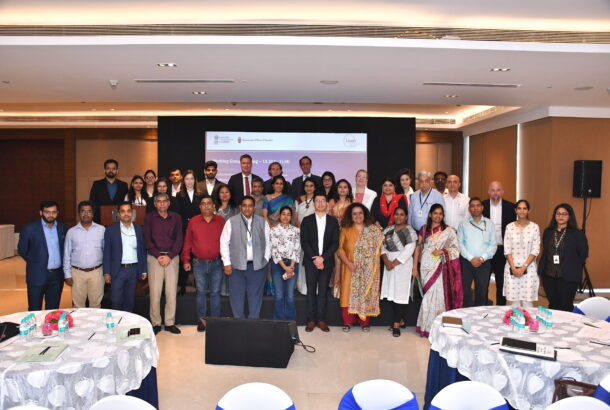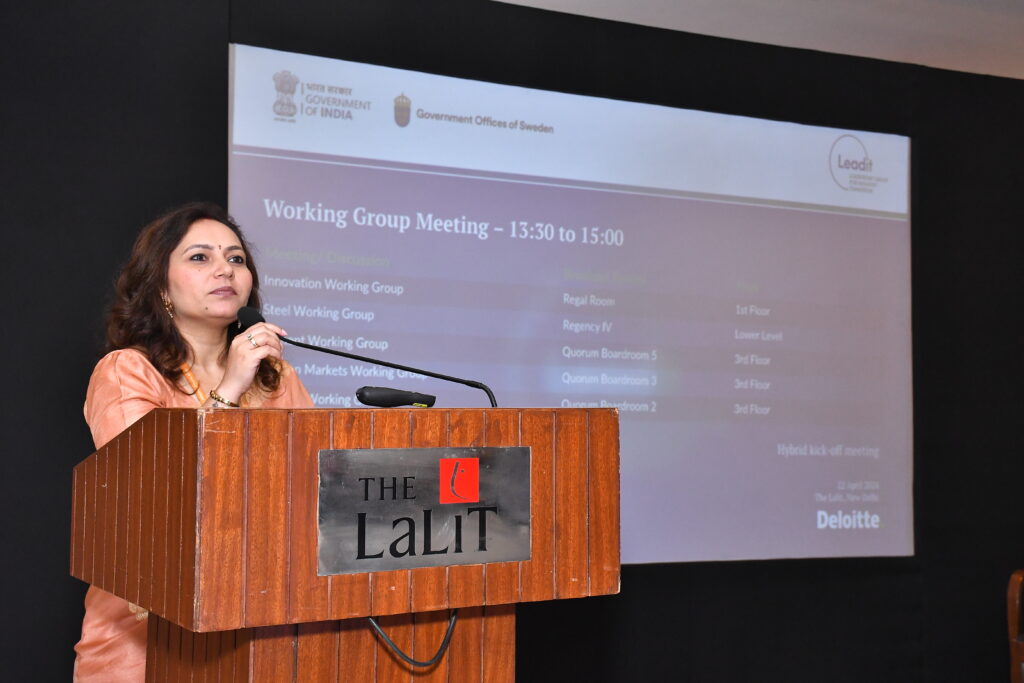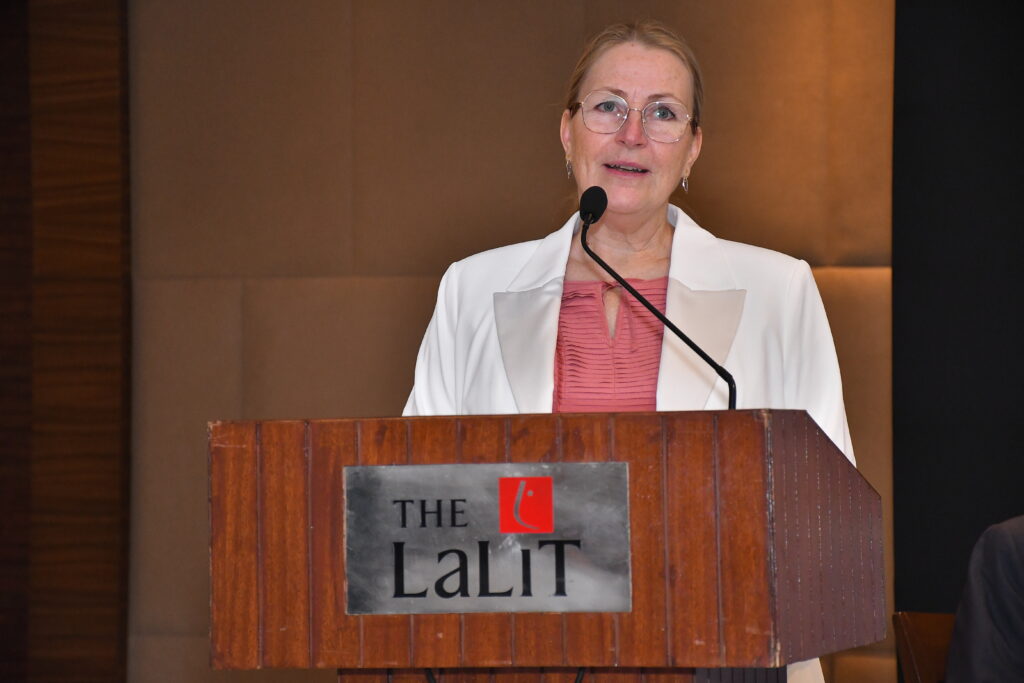India Sweden Industry Transition Partnership (ITP) the next steps.
On 22 April, the India Sweden Industry Transition Partnership successfully kicked off its work at its inaugural meeting held in New Delhi. Here Felipe Sanchez and Nadia Mondini from the LeadIT Secretariat take a closer look at the work of the ITP and key takeaways from New Dehli. They consider the next steps for the ITP in its role to support the reduction of carbon emissions in heavy industry.

ITP inaugural meeting April 2024 New Delhi
What are the aims of the ITP?
The objective of the ITP is to accelerate the transition of heavy industry in India and globally. The Partnership will unlock flagship projects in the steel and cement sectors and contribute to fostering enabling conditions towards scaling and expanding industry decarbonization efforts by supporting innovation and R&D, mobilizing finance, and advancing market-based mechanisms. Over the course of its work, the ITP will align with its sister initiative, the Brazil – UK Industry Decarbonization Hub, so as to leverage mutual learning and jointly elevate the country platform model as a powerful, innovative way to accelerate industry decarbonization in emerging markets.
Why is a partnership between Sweden and India important for decarbonizing heavy industry?
The ITP functions as a platform bringing together key ministries and agencies responsible for heavy industries, climate, innovation and science alongside steel and cement manufacturers and technology providers; and research institutions from both countries to create the coordination and collaboration required to advance heavy industry decarbonization. Partnerships between Indian and Swedish companies and research institutions will enable co-development of key technologies, and bilateral collaboration between the two governments will open up opportunities for policy dialogue and mutual learning

How is the ITP organized?
The ITP consists of five working groups: two sectoral groups, one on steel and the other on cement, and three cross-sectoral ones designed to foster enabling conditions for delivery of flagship projects in the steel and cement industries, with a group on innovation, one on carbon markets, and another on finance. Each working group has two co-leads, from both India and Sweden, as well as a diverse range of member organizations from both countries. The ITP is steered by the ITP Coordination Committee, consisting of senior officials from the Indian and the Swedish governments, and supported by the LeadIT Secretariat.
What progress was made in the first meeting?
During the inaugural meeting, the working groups were formally established and took up their work. They defined their deliverables and started identifying priority actions towards them. It was also an opportunity for members to get to know each other, to build working relationships, and to brainstorm ways in which each of their organizations can most effectively contribute to the overall mission of the ITP.
What is on the ITP to do list for the next 6 months?
The working groups will meet on a regular basis to advance their objectives and track progress towards them. They will be supported by the Secretariat, and regularly report to the ITP Coordination Committee. The working groups on steel and cement will identify relevant consortia to implement flagship projects, while the cross-cutting working groups will support their delivery through innovation partnerships and initiatives, mobilization of multilateral technical and financial assistance, as well as work on emerging market-based instruments.

What about in the longer term?
Although there is only so much we can share at this stage, the ITP aims to move the needle when it comes to delivering flagship decarbonization projects in the steel and cement sectors by COP30 in 2025. With that in mind, COP29 will act as a springboard towards COP30 and presents an opportunity to share more details of things to come.
